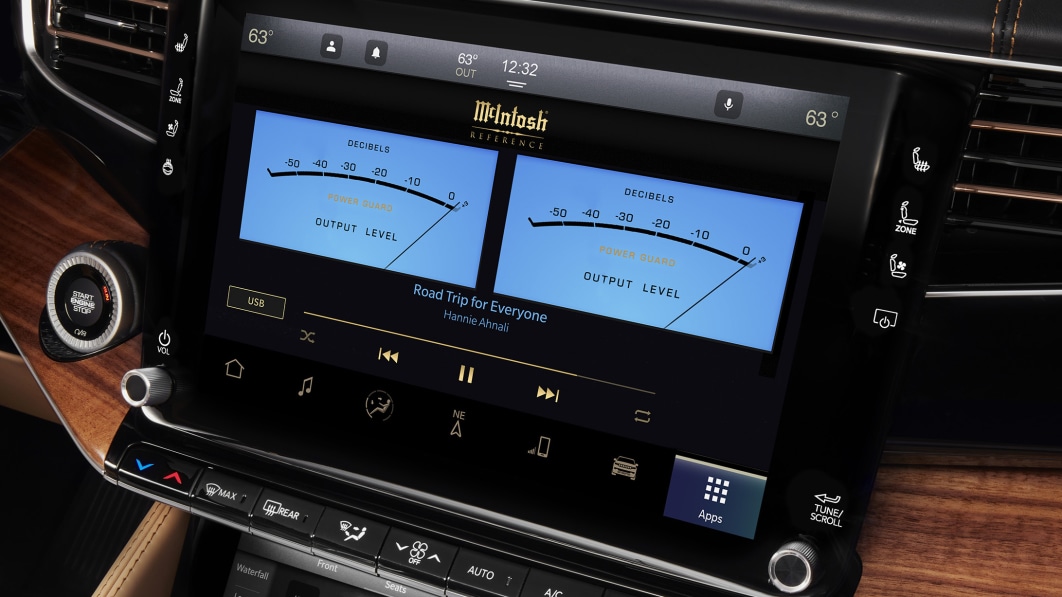With all the technology in new vehicles, it’s easy to overlook the stereo system. But for some – and certainly for music freaks like me – the car interior is the last bastion of uninterrupted music listening in a world full of distractions. The experience is different from enjoying tunes at home or even with high-end headphones, as the interior of a vehicle is akin to a private listening room and, despite inherent wind and road noise, music always seems to sound better with asphalt covered under your feet whizzes past.
Automakers have stepped up their audio game to the point that it has become useless for most new car buyers to rip out stock components and install aftermarket equipment. While you can always get better sound from the aftermarket, it will cost you more, can permanently change your vehicle and cause problems when you bring your car in for service – all for a mostly marginal gain in audio quality. Just as you squeeze a little more performance out of your engine, you can quickly reach a point where efficiency in terms of cost-benefit ratio diminishes.
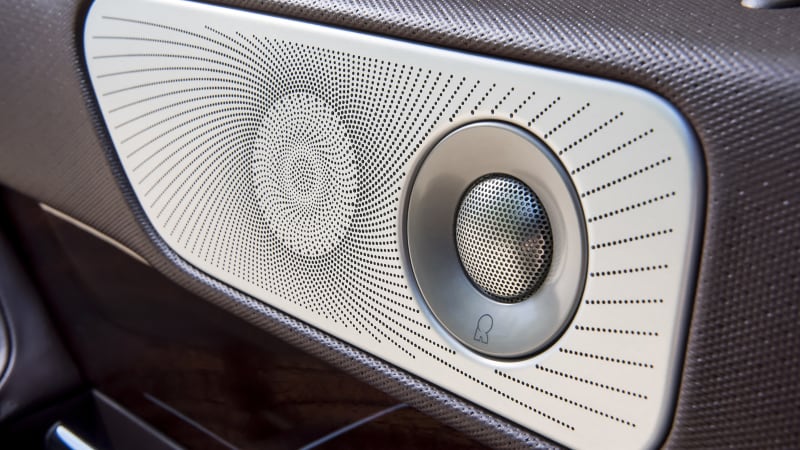
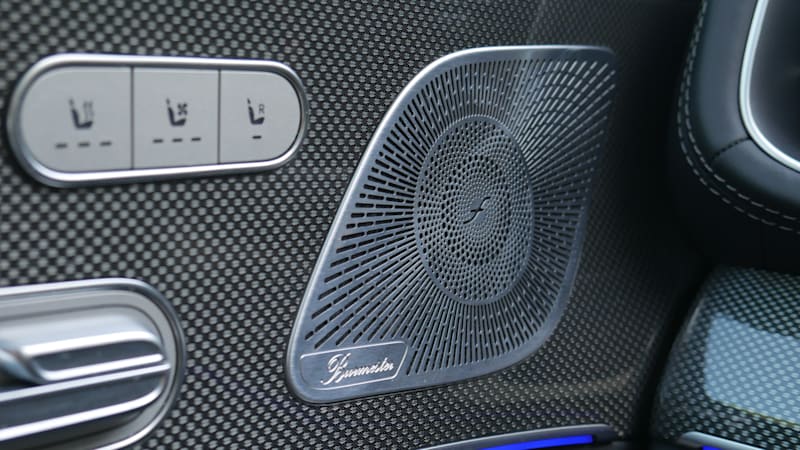
Audio Arms Race
If you decide to avoid the aftermarket route, when buying a new vehicle you don’t have much of a choice other than the system that comes standard with the car or a premium system that is available as an option or included on more expensive finishes. Premium systems generally outperform standard systems because they tend to have more speakers and amplifier power (measured in watts).
Luxury car manufacturers are engaged in an audio arms race to boast the largest number of speakers and the highest amplifier power. Nevertheless, having more speakers and power doesn’t always equate to better performance.
For example, the latest Mark Levinson system in the fifth-generation Lexus LS features a 2,400-watt 16-channel amplifier that drives 23 speakers from 16 locations in the flagship sedan. While the Mark Levinson systems are indeed some of the best sounding I’ve tested, Acura’s ELS Studio 3D Premium system available in the Acura TLX with “only” 17 speakers and 710 watts outperforms many systems with taller speakers and above. assets.
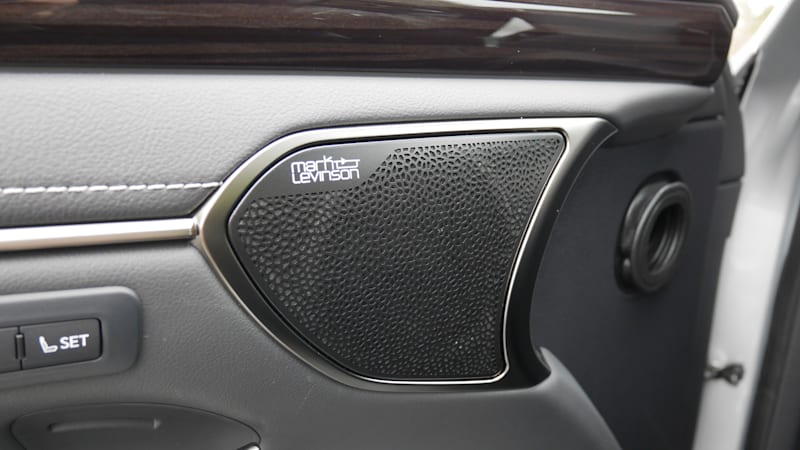
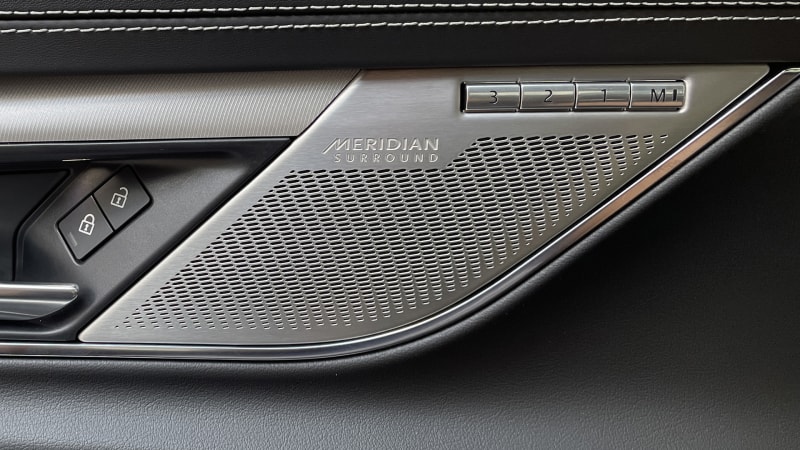
It’s not just about the brand
Another potentially misleading indicator of audio quality is branding and it is not recommended to base a purchase decision on the speaker logo alone.
Over the past decade, automakers have partnered with boutique audiophile brands such as Burmeister in Mercedes-Benz, Meridian in Jaguar-Land Rover vehicles and Revel in Lincoln. But a dirty secret of OEM audio is that components like amps come from different suppliers. For example, a Bang & Olufsen system may consist of equipment from major car suppliers such as Alpine or Panasonic.
While Bose single-handedly invented OEM audio nearly 40 years ago, it’s getting a bad rap from audiophiles – no highs, no lows, it has to be Bose. But the best Bose systems can be comparable to those of more elite brands, even if some of the company’s car systems can differ widely, even within the vehicles of the same carmaker.
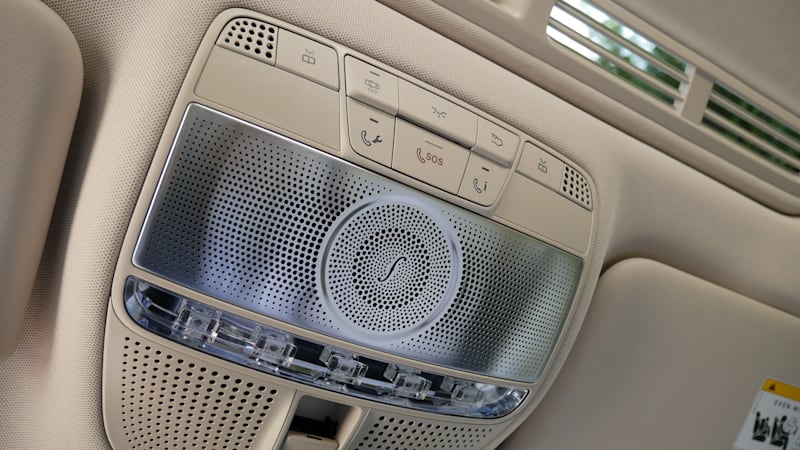
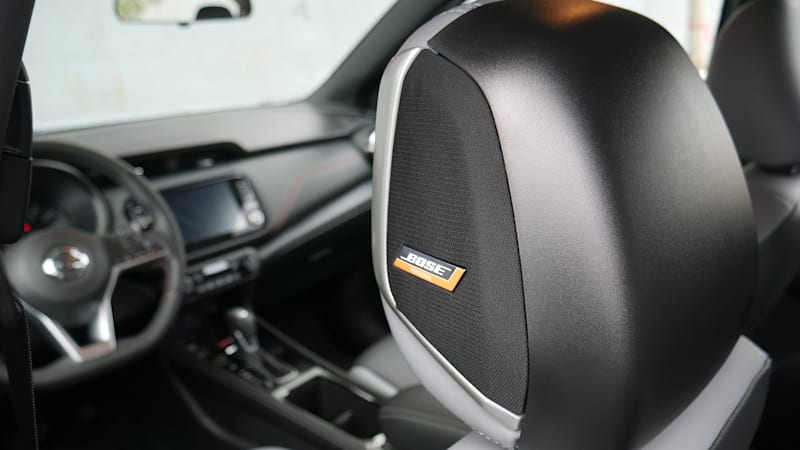
Speaker placement and audio features
In addition to the specifications and brands of components, consider how the system is set up. Back in the day, hardcore car audio enthusiasts went to extreme lengths — and did major surgery on their vehicle’s interiors — to get a center channel speaker in the dash, tweeters in the front door tarpaulin panels, or subwoofers up front for better sound.
While center channel speakers and sail-panel tweeters are now commonplace, few automakers, such as Lincoln, offer front-mounted woofers to avoid disjointed bass-in-the-back sound. Some automakers, such as Land Rover and Acura, also install headliner speakers for better sound in every seat. Some are even in the headrest, as with certain Nissans.
Also check if a car audio system has useful sound shaping functions. Many systems use signal processing to tailor the sound to the interior so that it is aimed at the driver, the passengers in the front seats or all the occupants of the car. I’m not a fan of the myriad and mostly proprietary digital signal processing and virtual surround sound that often add an artificial hue to the music, although some can enhance the sound. Fortunately, most can also be disabled.
Aside from simple bass and treble controls, separate adjustments for mids and subwoofers come in handy to get a better sound. And I like having a graphic equalizer to adjust the sound to my taste, although very few carmakers still offer a graphic EQ. BMW is one that does that.
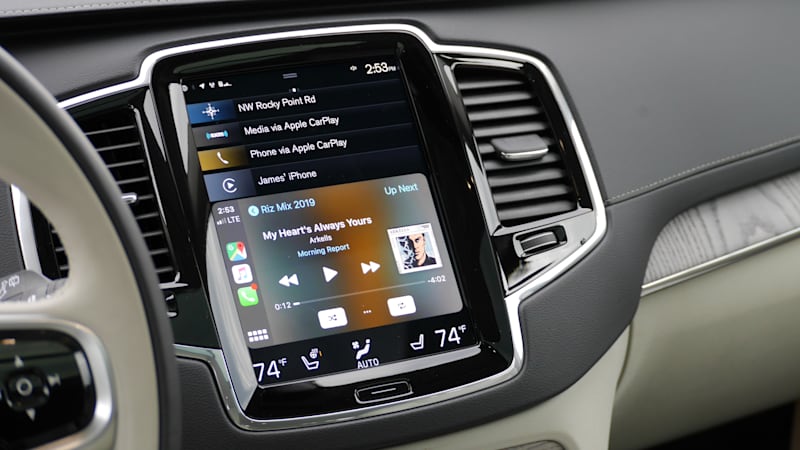
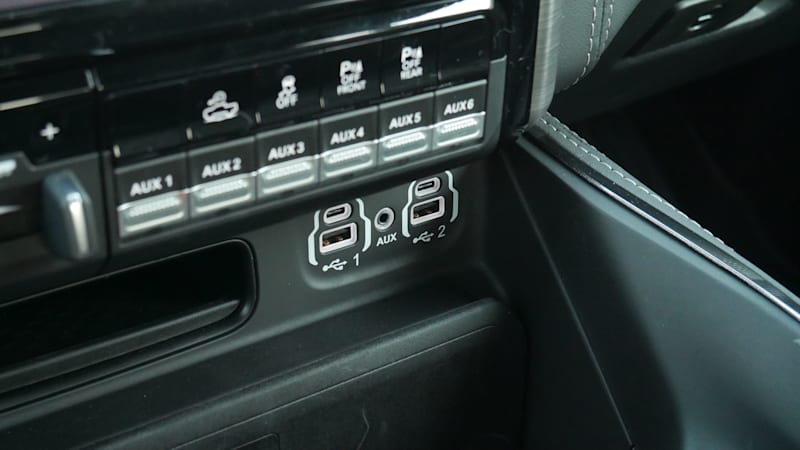
Trust your ears
Which brings me to my last and best piece of advice when buying car radios: Trust your ears. At this point, I could throw out a bunch of audiophile qualities to look for, such as sound staging, imaging, and dynamic headroom – and I’m happy to explain these and recommend reference recording in the comments section. But eventually, go to a dealer, try out the different systems available and hear what sounds best to you. Just make sure you’re playing the same song from the same source, just like us car and audio system reviewers do. If you’re going to pay $1,000 or more for an upgrade stereo, isn’t it worth listening to your favorite song for a few minutes?
If you like highly compressed, bass-heavy sound and use low-resolution sources, such as standard streaming services, listen to a system that uses that material. On the other hand, if you want the best possible sound, test a system with high-resolution streams like Tidal, lossless FLAC files that some car manufacturers’ audio systems support via USB or a CD – if you still have them or can. find a disk drive in a new vehicle.
